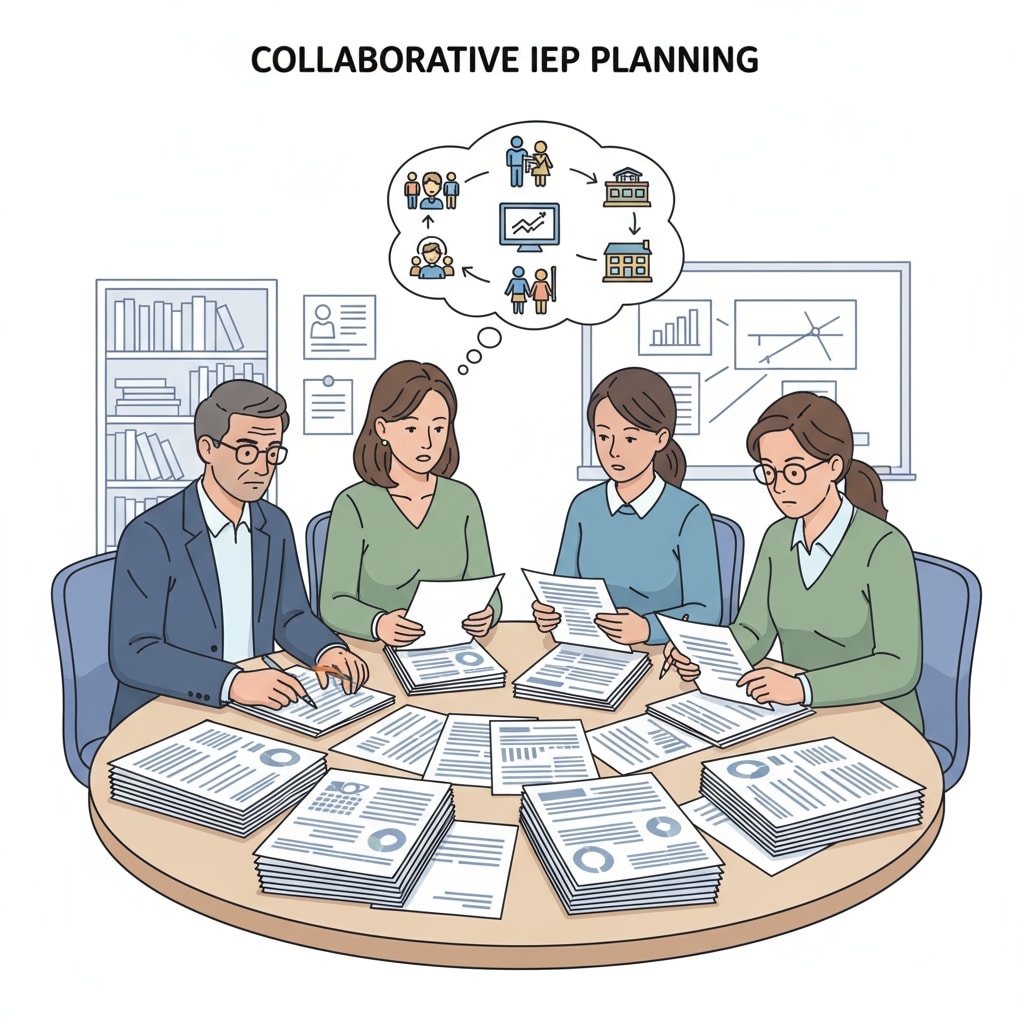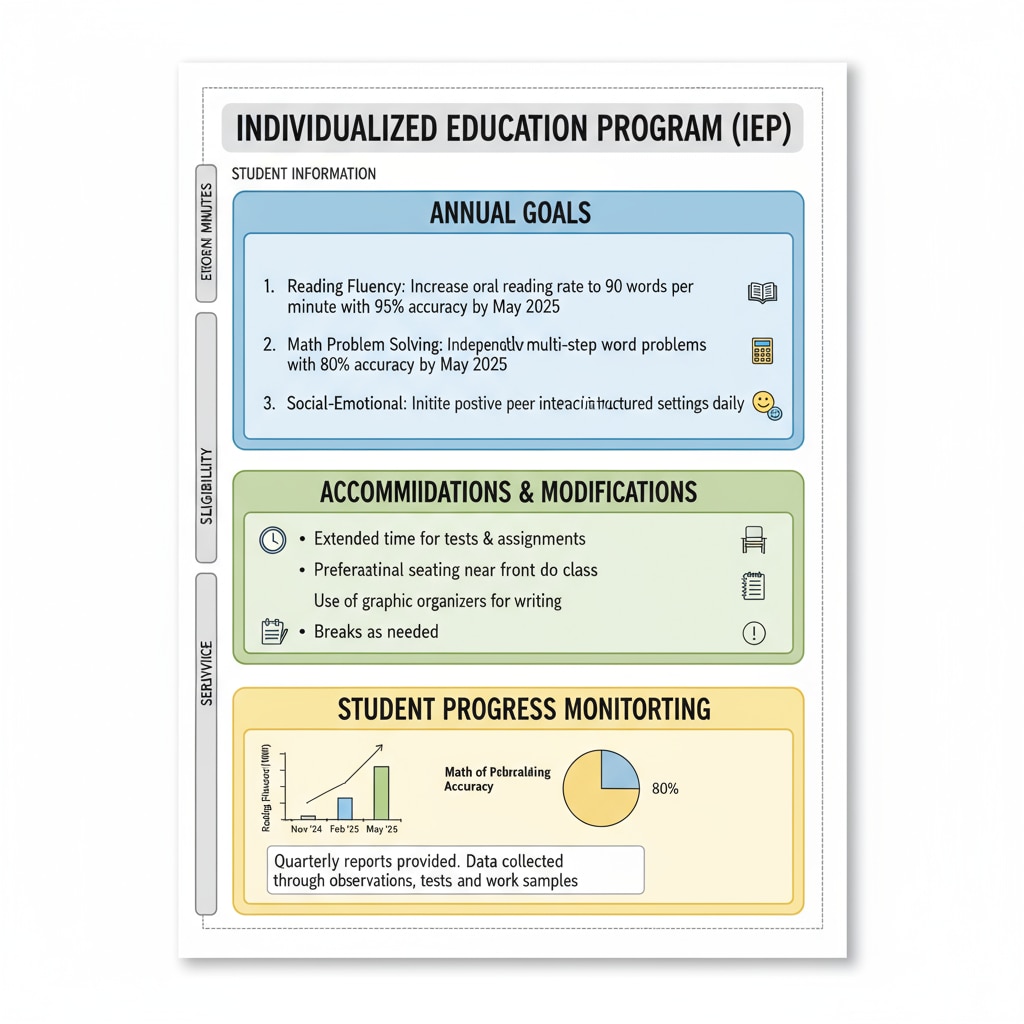Special education, IEP, reading comprehension difficulties are significant issues that many special educators grapple with. Individualized Education Program (IEP) documents are crucial in special education, as they outline the unique educational needs and plans for each student with disabilities. However, understanding these documents can be a complex task for educators.

The Complexity of IEP Documents
IEP documents are filled with detailed information, including a student’s present levels of academic achievement, goals, and the specific services and accommodations they require. The language used is often technical and full of educational jargon. For example, terms like “response to intervention” and “functional behavioral assessment” can be confusing for educators who are not well-versed in these concepts. This complexity makes it difficult for special educators to fully comprehend the documents and translate them into effective teaching strategies. As a result, students may not receive the appropriate support they need. Individualized Education Program on Wikipedia

Reasons Behind the Reading Comprehension Difficulties
One major reason is the lack of standardized training. Many special educators may not have received comprehensive training on how to interpret IEP documents during their education. In addition, the diverse nature of disabilities means that each IEP is unique, adding to the complexity. Moreover, the time constraints faced by educators often prevent them from thoroughly analyzing these documents. They may be juggling multiple responsibilities, leaving little time to carefully read and understand the nuances of each IEP. Therefore, it’s essential to address these underlying issues to improve comprehension. Special Education on Britannica
To overcome these challenges, special educators can take several steps. Firstly, seeking additional professional development opportunities focused on IEP interpretation can be highly beneficial. Workshops and online courses can provide in-depth knowledge and practical examples. Secondly, collaborating with colleagues can offer different perspectives. By discussing and sharing insights, educators can gain a better understanding of complex IEP elements. Finally, creating a systematic approach to reading and analyzing these documents, such as using checklists and summaries, can make the process more manageable. In conclusion, by recognizing and addressing the special education, IEP, reading comprehension difficulties, special educators can better serve their students and ensure they receive the best possible education.
Readability guidance: Using short paragraphs and lists helps summarize key points. Each H2 section can have a list for better organization. Controlling the passive voice and long sentence ratio, and adding transitional words throughout the text, like ‘however’, ‘therefore’, ‘in addition’, ‘for example’, and ‘as a result’, makes the reading flow smoothly.


